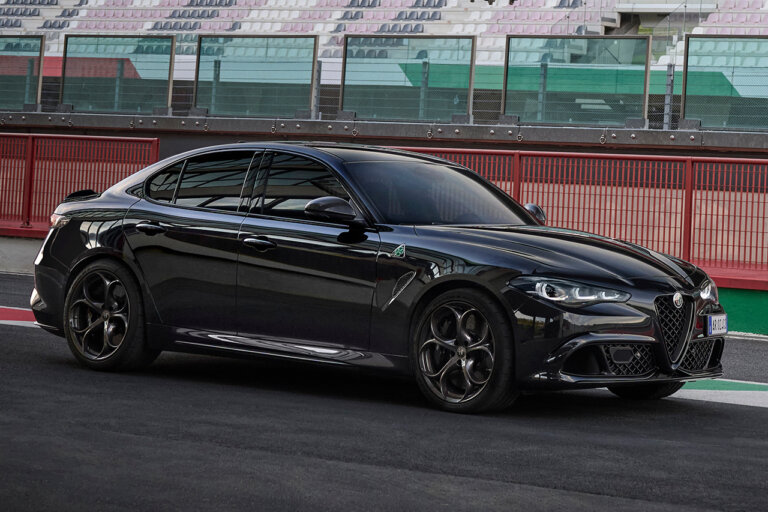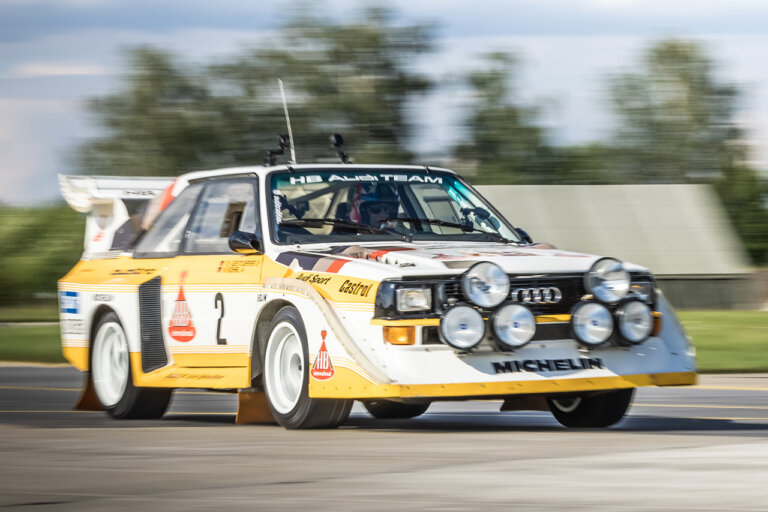Fourth Generation: DC5 Series
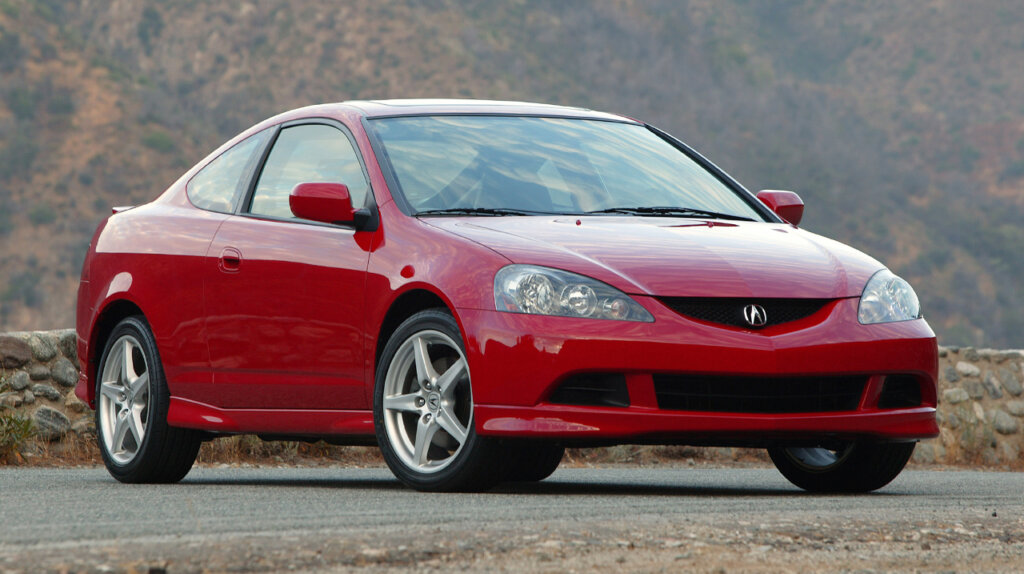
Source: Honda
The fourth-generation Honda Integra (Acura RSX in North America), known as the DC5 series, continued the legacy of its predecessors, offering an even more refined and exhilarating driving experience. Produced from 2001 to 2006, the DC5 Integra showcased further design enhancements, with sharper angles and a more aggressive stance. The interior received ergonomic improvements, emphasizing driver-focused controls and enhanced comfort. The DC5 Integra introduced advanced technologies like the innovative K20 engine, known for its high-revving characteristics and impressive power output. With improved suspension systems and chassis rigidity, the DC5 Integra delivered exceptional handling and precise cornering abilities. The introduction of the Integra Type R in this generation elevated the vehicle’s performance to new heights, catering to the most demanding driving enthusiasts. Unfortunately, this generation’s Type R was only sold on the Japanese market.
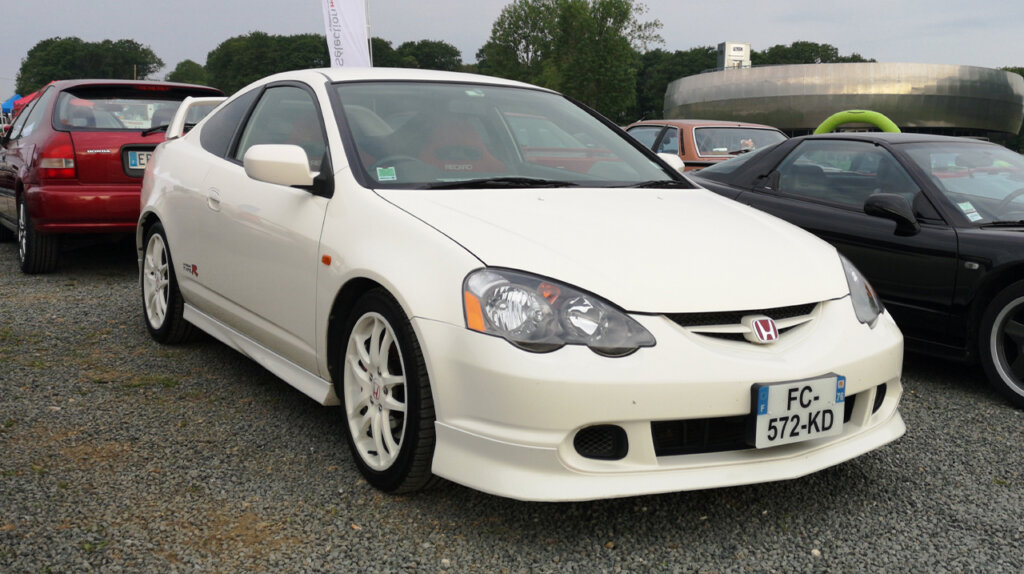
In the Japanese market, the Integra Type R set a new standard for high-performance sports cars. It boasted an impressive array of features that made it a true driver’s delight. At the heart of the Type R was the K20A 2.0L DOHC i-VTEC four-cylinder engine, delivering a robust 220 horsepower (164 kW). What set the i-VTEC system apart was its intelligent VTEC technology, which incorporated Variable Timing Control (VTC). This innovative system allowed for the adjustment of the intake cam timing within a wide 50-degree range, optimizing performance at different engine speeds and delivering an exhilarating driving experience.

Source: Honda
To complement the impressive powerplant, the Integra Type R came equipped with a range of performance-enhancing components. The inclusion of Recaro seats ensured optimal driver support and comfort during spirited driving. The braking system received a significant upgrade with the installation of four-piston Brembo front brakes, delivering enhanced stopping power and precise pedal feel. A close-ratio 6-speed manual transmission allowed for quick and precise gear changes, ensuring maximum power delivery in every shift.
This version of the Integra Type R introduced the limited-slip differential, which distributed power effectively to the wheels, improving traction and handling in various driving conditions. Additionally, the variable back-pressure exhaust system further enhanced engine performance and produced an exhilarating soundtrack, showcasing the Integra Type R’s sporty character.
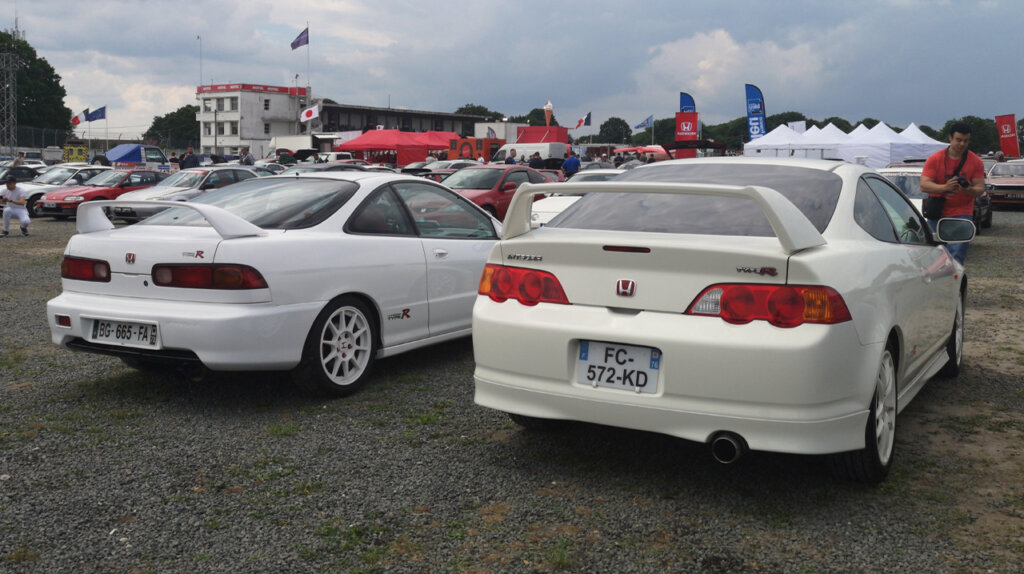
To further refine the driving dynamics, Honda implemented a stiffer suspension setup in the Type R, offering enhanced stability and responsiveness. This carefully tuned suspension system allowed for precise cornering, ensuring the Integra Type R hugged the road with confidence and agility.
The Integra Type R’s combination of power, performance-enhancing features, and precise engineering made it a standout among sports cars. Its reputation for exceptional driving dynamics, bolstered by its race-inspired components and advanced technologies, solidified the Type R as a performance icon. Automotive enthusiasts continue to cherish and seek out these models, appreciating their remarkable performance and the thrill they deliver on both the road and the track.
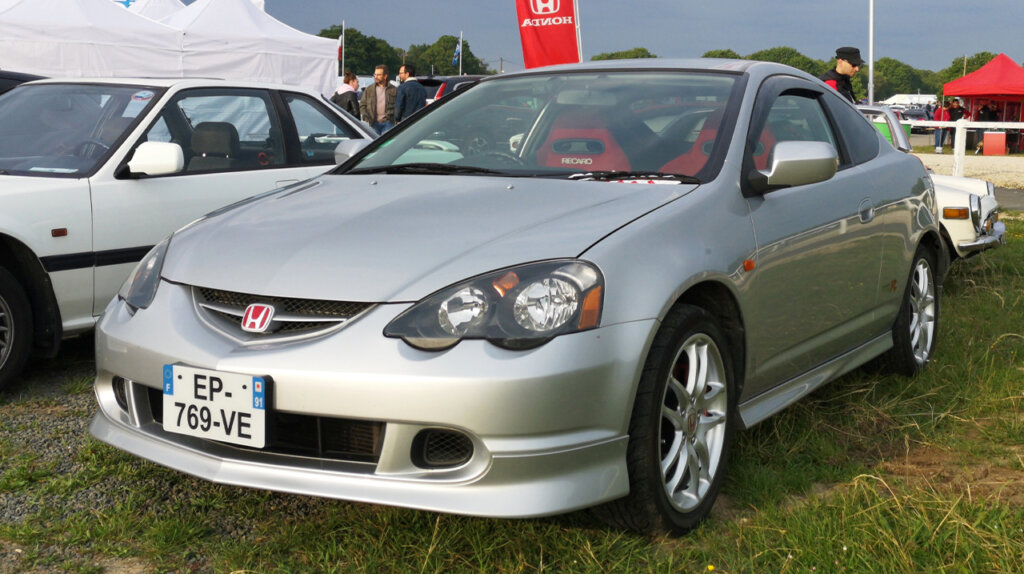
The production of the Honda Integra came to a close in 2006, marking the end of an era for this beloved vehicle. However, its influence and legacy continue to thrive. The Honda Integra remains an object of admiration among automotive enthusiasts and collectors, who recognize its significance in shaping the trajectory of performance-oriented vehicles.

